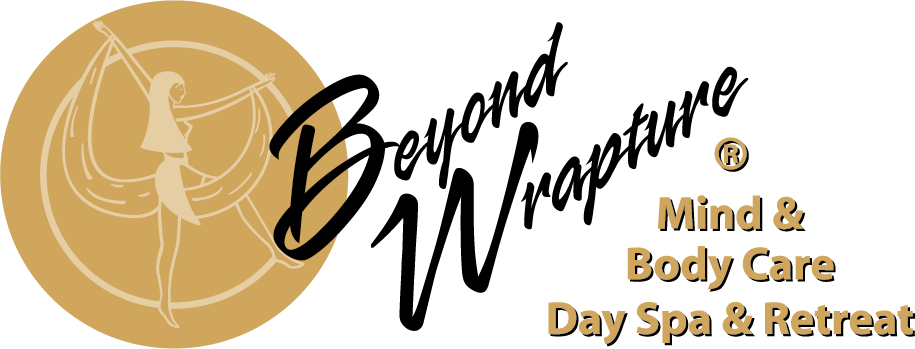-
Massage Services
-
Esthetics
-
Men's Services
- Special Packages
- Gift Cards
- Book Online
-
About
- Jane Iredale Mineral Makeup Price Summary
- Phytomer Skin Care Price Summary
- Gehwol Hands & Feet Care Price Summary
- Spa Service Price Summary
-
Shop Products





